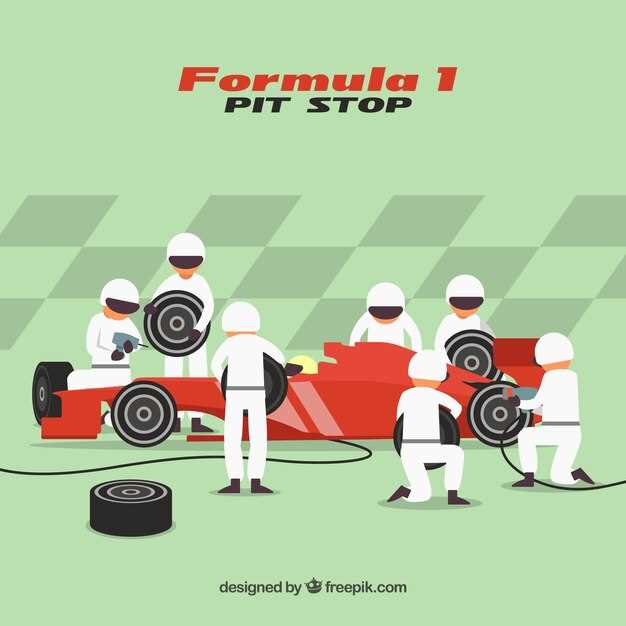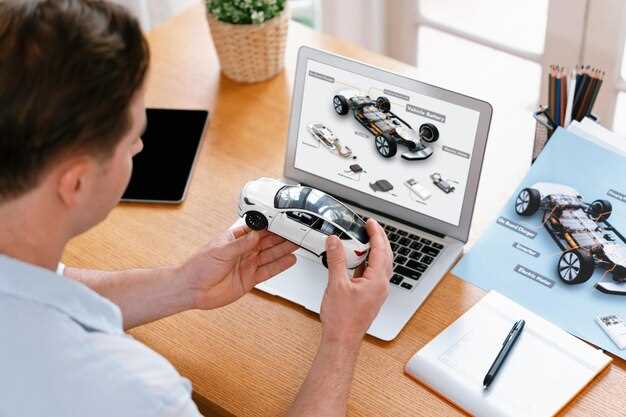
Starting a race car project can be an exhilarating endeavor for any auto enthusiast. Whether you’re a seasoned mechanic or a DIY novice, building your own race vehicle allows you to blend creativity, technical skills, and adrenaline into a single, thrilling experience. The process may seem daunting, but with careful planning and determination, you can transform your vision into reality.
In this guide, we will walk you through essential steps to kickstart your DIY race car project. From selecting the right chassis to understanding engine modifications, we will cover critical aspects that will help you create a high-performance machine tailored to your racing aspirations. You will learn about key materials, tools, and techniques that can take your project to the next level.
Moreover, we will explore important considerations regarding safety and budget management. A successful race car project demands not only passion and skill but also an awareness of the financial and safety implications involved. By being methodical in your approach, you can ensure a rewarding and successful racing experience.
Choosing the Right Base Vehicle for Your Race Build

Selecting the proper base vehicle is critical for any race project. The right foundation will influence performance, handling, and overall success on the track. Start by determining the intended racing discipline–whether it be circuit racing, drag racing, or rallying–as this will guide your choice.
Consider the weight-to-power ratio; lighter vehicles often offer better acceleration and handling, which are vital for competitive racing. Look for platforms that are known for their aftermarket support. Options with abundant upgrade parts allow for modifications that enhance speed and performance without starting from scratch.
Evaluate the drivetrain configuration as well. Rear-wheel-drive cars typically provide optimal handling characteristics for racing, while all-wheel-drive vehicles can excel in certain conditions, particularly in rally or off-road scenarios. Factor in the engine layout as well; turbocharged engines can offer significant power boosts, while naturally aspirated engines may provide more predictable performance at high RPM.
Don’t overlook the vehicle’s suspension system. A robust suspension setup can dramatically improve cornering stability and overall handling–key elements in racing success. Investigate models renowned for their agility and response, which is essential for maintaining control at high speeds.
Lastly, budget is a crucial factor. Determine the financial commitment for both the vehicle and subsequent modifications. A well-chosen base vehicle should offer a balance between initial cost, upgrade potential, and competitive edge within your chosen racing category.
Key Modifications for Improved Performance and Safety
When embarking on a diy race car project, implementing key modifications can significantly enhance both performance and safety. Here are some crucial areas to focus on:
1. Suspension Upgrades
Upgrading your suspension system is vital for better handling and stability at high speeds. Consider installing coilovers or adjustable shocks to fine-tune your ride height and damping. Upgraded sway bars will reduce body roll, providing improved cornering capabilities.
2. Brake System Enhancements
Performance brakes are essential for safely navigating high-speed tracks. Opt for larger brake rotors, high-performance calipers, and racing pads. Additionally, upgrading to stainless steel brake lines improves pedal feel and reduces brake fade.
3. Lightweight Components
Reducing weight can lead to a substantial performance boost. Replace stock parts with lightweight alternatives made from materials like carbon fiber or aluminum. This includes components such as the hood, doors, and even the wheels. Every kilogram saved contributes to improved acceleration and handling.
4. Engine Tuning
Engine performance can be maximized through tuning. Consider optimizing your engine’s air intake and exhaust systems to improve airflow. Installing a performance ECU (Engine Control Unit) chip can also optimize fuel maps and ignition timing, resulting in increased horsepower and torque.
5. Safety Features
Prioritizing safety is crucial in any racing endeavor. Install a roll cage to protect against rollovers and structural failures. Use racing seats equipped with harnesses to secure drivers firmly in place during high-speed maneuvers. Moreover, ensure that all safety gear meets track specifications for competitive racing.
6. Tires and Wheels
Invest in high-performance tires designed for racing conditions. The right tires provide better grip and improved handling. Additionally, ensure that the wheels are lightweight and sturdy to withstand the demands of racing. Consider tire pressure monitoring systems to maintain optimal performance across varying conditions.
Implementing these key modifications not only enhances the performance of your race car but also significantly boosts its safety on the track. A well-balanced approach to upgrades will ultimately lead to a more competitive and enjoyable racing experience.
Budgeting and Sourcing Parts for Your DIY Race Car

When embarking on your DIY race car project, effective budgeting and sourcing the right parts are essential for ensuring success. Below are key strategies to help you effectively manage your resources and obtain the necessary components for your race car.
Establishing Your Budget
Begin by defining a clear budget. Consider the following factors:
- Initial Costs: Determine how much you can afford to spend upfront for the chassis, engine, and basic components.
- Labor Costs: Account for any potential labor if you plan to hire professionals for specific tasks.
- Maintenance and Repairs: Set aside a portion of your budget for future maintenance and repairs, as these can add up over time.
- Tools and Equipment: Budget for essential tools required for assembly and modifications if you don’t already own them.
Researching Components
Identifying the right parts for your DIY race car is crucial. Here are some tips:
- Identify the Key Components: Focus on essential parts such as the chassis, engine, transmission, suspension, brakes, and wheels.
- Performance vs. Budget: Decide between new, aftermarket, or used parts based on performance needs and budget constraints.
- Compatibility: Ensure that the parts you are considering are compatible with one another and fit within your overall design.
Sourcing Your Parts
Once you know what you need, it’s time to source those components. Consider the following methods:
- Local Auto Salvage Yards: A great place to find affordable used parts. Inspect parts carefully for signs of wear.
- Online Marketplaces: Websites like eBay and Craigslist can offer competitive pricing on both new and used race parts.
- Specialty Retailers: Visit auto parts stores and specialty racing suppliers for high-performance components that suit your needs.
- Online Forums and Communities: Engage with fellow DIY racers in forums. They can provide insights and leads on where to find quality parts.
Finalizing the Plan
Once you have sourced the parts, finalize your budget by keeping track of actual expenses versus estimated costs. Adjust your budget as needed, ensuring that you remain on track with your DIY race car project.



